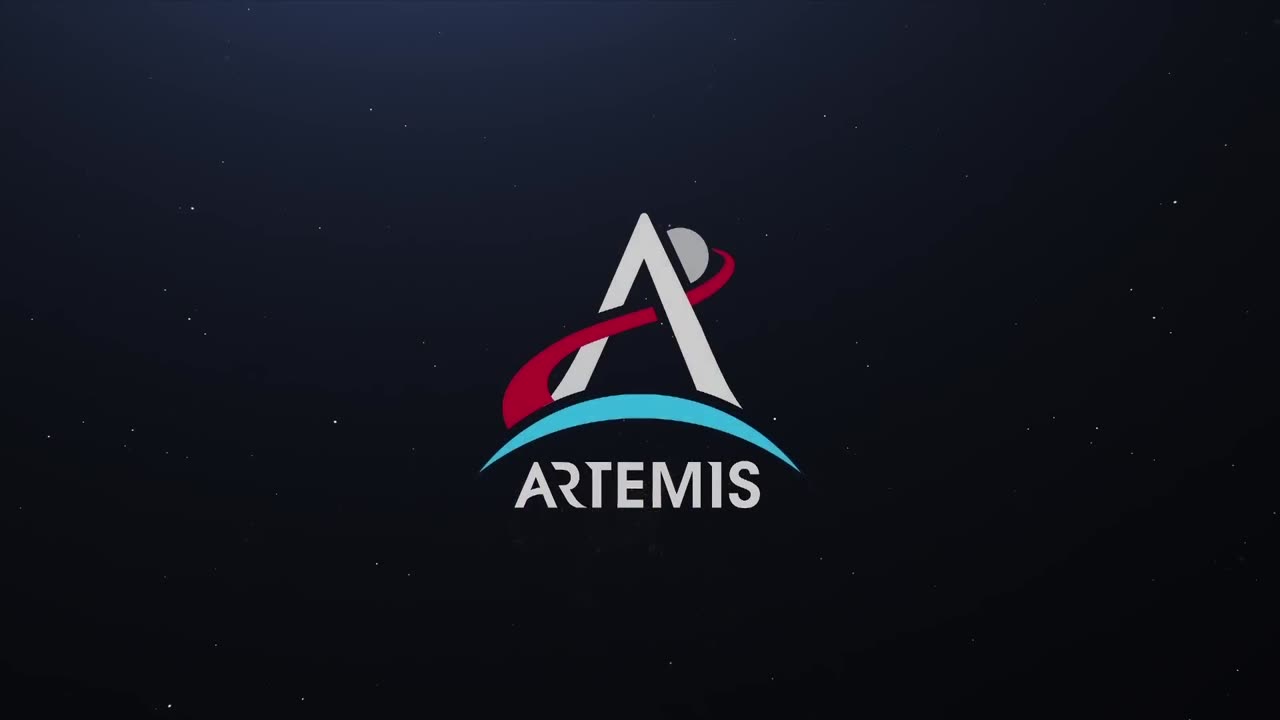Premium Only Content

"Artemis: NASA's Return to the Moon"
Goals: Named after the Greek goddess of the Moon, Artemis aims to land "the first woman and the next man" on the lunar surface. It is a comprehensive program focused on sustainable lunar exploration, with the long-term goal of preparing for crewed missions to Mars.
Lunar Gateway: At the heart of Artemis is the Lunar Gateway, a space station that will orbit the Moon. The Gateway serves as a staging point for lunar missions and a platform for scientific research. It will also be a crucial element in future deep space exploration missions.
SLS and Orion: Artemis utilizes the Space Launch System (SLS), NASA's powerful new rocket, and the Orion spacecraft to transport astronauts to lunar orbit and back to Earth safely. These systems are crucial for Artemis missions and future human space exploration beyond low Earth orbit.
Artemis Missions: The program includes a series of missions, each building on the knowledge and experience gained from the previous one. Artemis I is an uncrewed test flight of the SLS and Orion. Artemis II will be the first crewed mission, flying astronauts around the Moon but not landing. Artemis III will mark the historic return of humans to the lunar surface, targeting the lunar South Pole.
Sustainability: Unlike the Apollo program, which consisted of a series of short-duration missions, Artemis aims for sustainability. The focus is on establishing a long-term presence on the Moon, enabling research, resource utilization, and international collaboration.
International Cooperation: Artemis embraces international partnerships, including collaborations with space agencies from around the world. This cooperative approach aims to create a global effort for lunar exploration.
Scientific Exploration: Artemis missions will conduct scientific research on the Moon, studying its geology, resources, and environment. This knowledge will not only advance our understanding of the Moon but also support future space exploration.
Inspiration and Innovation: Artemis seeks to inspire the next generation of scientists, engineers, and explorers. It emphasizes diversity and inclusion in the space industry and promotes STEM (Science, Technology, Engineering, and Mathematics) education.
Path to Mars: While focused on the Moon, Artemis serves as a stepping stone for future missions to Mars. The technology, experience, and knowledge gained from lunar exploration will be invaluable for planning and executing missions to the Red Planet.
In summary, Artemis represents NASA's bold commitment to human space exploration, emphasizing lunar sustainability, international cooperation, scientific discovery, and the eventual journey to Mars. It stands as a testament to human ambition and our enduring quest to explore the cosmos.
-
 2:05:07
2:05:07
Darkhorse Podcast
20 hours agoWhy Trump Wants Greenland: The 257th Evolutionary Lens with Bret Weinstein and Heather Heying
248K411 -
 8:50:58
8:50:58
Right Side Broadcasting Network
20 hours ago🎅 LIVE: Tracking Santa on Christmas Eve 2024 NORAD Santa Tracker 🎅
273K37 -
 2:48
2:48
Steven Crowder
23 hours agoCROWDER CLASSICS: What’s This? | Nightmare Before Kwanzaa (Nightmare Before Christmas Parody)
256K12 -
 33:49
33:49
Quite Frankly
20 hours agoThe Christmas Eve Midnight Telethon
68.7K7 -
 2:12:46
2:12:46
Price of Reason
19 hours agoAmber Heard BACKS Blake Lively Lawsuit Against Justin Baldoni! Is Disney CEO Bob Iger in TROUBLE?
24.4K11 -
 1:01:17
1:01:17
The StoneZONE with Roger Stone
14 hours agoChristmas Edition: Why the Panama Canal is Part of the America First Agenda | The StoneZONE
102K35 -
 18:12:15
18:12:15
LFA TV
1 day agoLFA TV CHRISTMAS EVE REPLAY
123K14 -
 13:32
13:32
Scammer Payback
15 hours agoChanging the Scammer's Desktop Background to his Location
1.21K2 -
 4:21
4:21
BIG NEM
17 hours agoNikola Tesla's Secret to Cultivating Creativity & Genius
851 -
 15:03
15:03
The Anthony Rogers Show
1 day agoAnthony Rogers - Live at Cusumano's Pizza (Upstairs)
1671